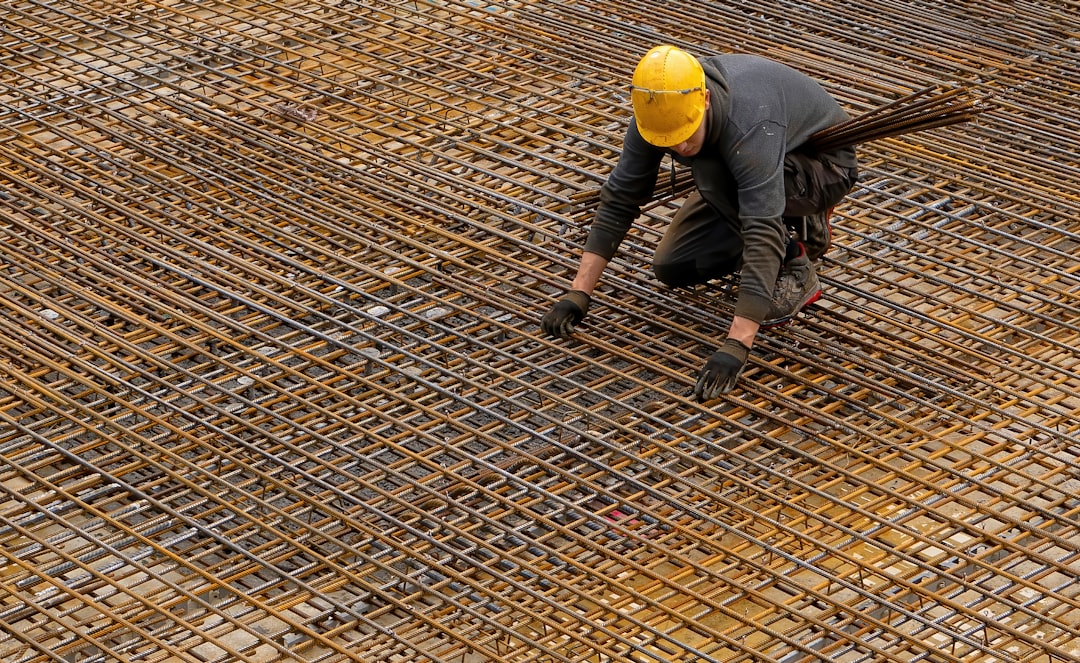
As the demand for metal siding increases in residential construction, understanding labor costs is critical for contractors and construction professionals. Accurate estimations rely on precise labor data, helping project managers bid competitively and plan effectively. CountBricks provides the comprehensive labor cost insights you need for 2025.
Labor costs for metal siding vary based on the experience level of the workforce:
These wages reflect the technical skills required for quality installation, impacting the durability and appearance of the siding.
Labor costs shift regionally, influenced by economic conditions and demand:
Understanding these variances allows contractors to budget accurately across different locations.
Breaking down crew-related expenses reveals costs for foremen, skilled laborers, and assistants. Ensure your cost projections account for these roles to prevent budgeting errors.
Factors such as project complexity, materials used, and method of installation can significantly influence labor hours required. Employing prefabricated options versus custom onsite solutions can alter labor demands.
Additional costs like travel, setup, and cleanup should be factored into labor estimates to capture complete project expenses.
Overestimating labor costs can lead to lost bids. Use current market data, adjust for project-specific requirements, and utilize digital tools to refine estimates.
Employ tools to transform hourly labor rates into unit prices, ensuring accuracy in your project pricing.
Understanding regional cost differences ensures budget accuracy, avoiding unforeseen expenditures.
Increased demand for metal siding due to its durability and aesthetics drives labor costs upwards.
